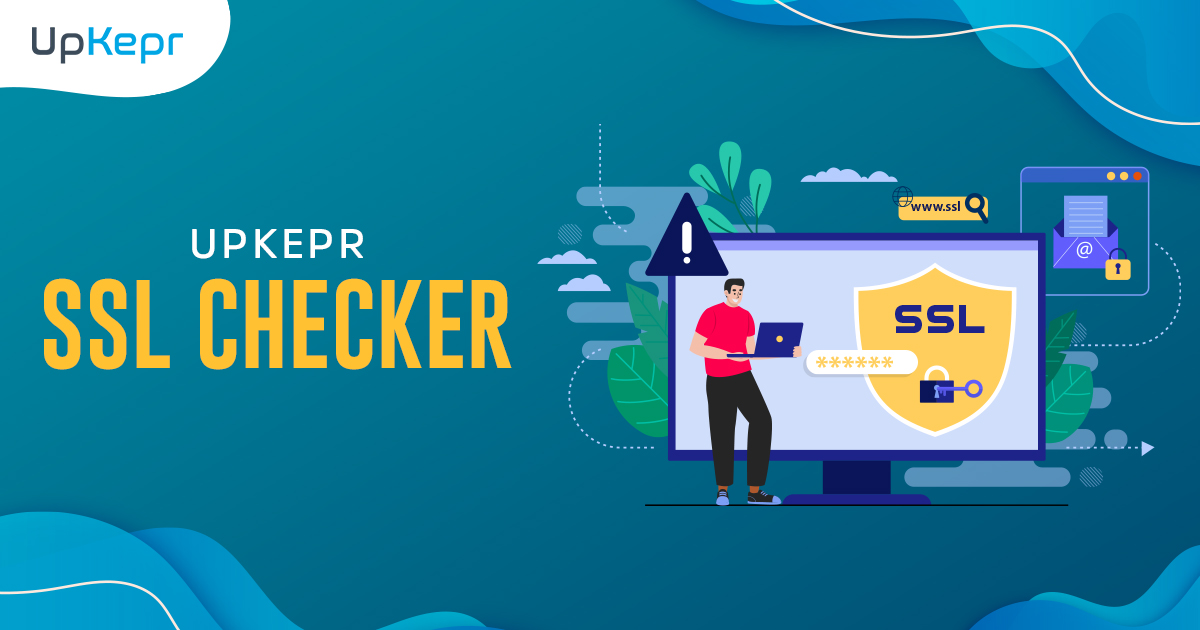Passwords are the first line of defense, so make sure to use complex, unique passwords for all accounts connected to your PrestaShop store. Opt for a mix of uppercase and lowercase letters, numbers, and special characters, and avoid easily guessable phrases. For added convenience, you can use tools like UpKepr free password generator online to create strong, secure passwords effortlessly.
To add another layer of protection, enable two-factor authentication (2FA). With 2FA, users must provide an additional code sent to their email or mobile device, making unauthorized access far more difficult, even if a password is compromised.
Conducting regular security scans is essential to stay proactive about your store’s safety. Using a tool like the UpKepr PrestaShop vulnerability scanner is invaluable, as it identifies potential security flaws within your store and offers insights on how to resolve them. This scanner is specifically designed for PrestaShop and is easy to use, making it accessible even if you aren’t particularly tech-savvy.
4. Secure Your Admin Panel and Set Appropriate Permissions
Your PrestaShop admin panel is the control center of your store, so it’s critical to secure it:
-
Change the default admin URL: The default `/admin` URL is predictable and easy for hackers to target. Change it to a unique URL to make unauthorized access attempts harder.
-
Restrict IP access: Limit access to your admin panel by IP address whenever possible. This restriction is particularly useful for larger teams and prevents unauthorized access from unknown locations.
-
Set precise user permissions: Only grant access to essential functions for each user. This limits the risk of accidental errors or malicious actions within the store.
5. Protect Against Attacks with a Web Application Firewall (WAF)
A Web Application Firewall (WAF) is an essential security tool that helps guard your store from common cyber threats like SQL injections and cross-site scripting (XSS). WAFs monitor and filter HTTP requests, stopping malicious traffic before it can harm your website.
When selecting a WAF, choose one from a reputable provider and ideally one that’s compatible with eCommerce platforms. A WAF acts as a first line of defense, ensuring that potential threats are blocked before they even reach your store.
6. Enable HTTPS and Install an SSL Certificate
An SSL certificate is a must-have for any eCommerce website. It encrypts the data transferred between your store and your customers, making it nearly impossible for hackers to intercept sensitive information.
Enabling HTTPS also increases customer trust. When users see the secure padlock icon next to your URL, they’re more confident that their information is safe with you. Additionally, HTTPS is a ranking factor for search engines, so it’s a win-win for both security and SEO.
7. Upgrade Your PrestaShop Security with the UpKepr Module
A comprehensive security assessment goes beyond a basic URL check, especially for PrestaShop’s architecture. The UpKepr Security module dives deep, scanning for vulnerabilities not only in your core files but also across modules and themes, providing a robust layer of protection. By identifying Core Vulnerabilities, Module Vulnerabilities, and Theme Vulnerabilities, UpKepr gives you precise insights into potential security risks in each area of your store. This proactive approach allows you to mitigate threats before they become critical, ensuring a fortified defense against cyber threats and maintaining a safe experience for your customers.
8. Monitor User Activity Logs
User activity logs provide a record of all actions taken within your store’s backend, allowing you to detect suspicious behavior before it becomes a security threat. PrestaShop offers modules that log each user’s actions, from login attempts to configuration changes.
Regularly review these logs to identify unusual activity, such as repeated failed logins or unexpected access from unfamiliar IPs. Monitoring user activity helps you catch potential issues early, enabling you to take preventive action if necessary.
9. Disable Directory Indexing and Limit Access to Sensitive Files
Hackers often try to map out a website’s structure and access specific files to exploit vulnerabilities. Disabling directory indexing and restricting access to sensitive files can help minimize this risk.
To implement this:
These precautions protect your store’s structure and prevent unauthorized access to critical files.
10. Regularly Back Up Your Store
While preventive measures can protect your store, having a backup plan is essential. Regular backups ensure that you can restore your store to a previous state in case of an unexpected security breach.
Consider implementing three types of backups:
-
Database backups to safeguard customer and product data.
-
File backups to secure your PrestaShop files and configurations.
-
Full site backups to capture a complete copy of your store for quick recovery.
Automate your backups if possible, or schedule reminders to perform them consistently. Store these backups in a secure, offsite location for added safety.
Conclusion
Keeping your PrestaShop store secure may seem like a challenge, but by following these ten essential practices, you’ll build a solid defense for your business and customers. Tools like the UpKepr PrestaShop vulnerability scanner online make it easy to identify and resolve vulnerabilities, ensuring your store is well-protected.
From updating software regularly to securing your admin panel, implementing a WAF, and using SSL encryption, each step contributes to a robust security strategy. Remember, protecting your store is an ongoing commitment, and with UpKepr vulnerability scanner and regular monitoring, you can stay proactive in maintaining a safe environment for both your customers and your business. These practices will not only shield your store from cyber threats but also enhance customer trust, ensuring your store's long-term success in the competitive eCommerce landscape.




























































































 Sign Up with Google – Free
Sign Up with Google – Free Sign Up with Github – Free
Sign Up with Github – Free